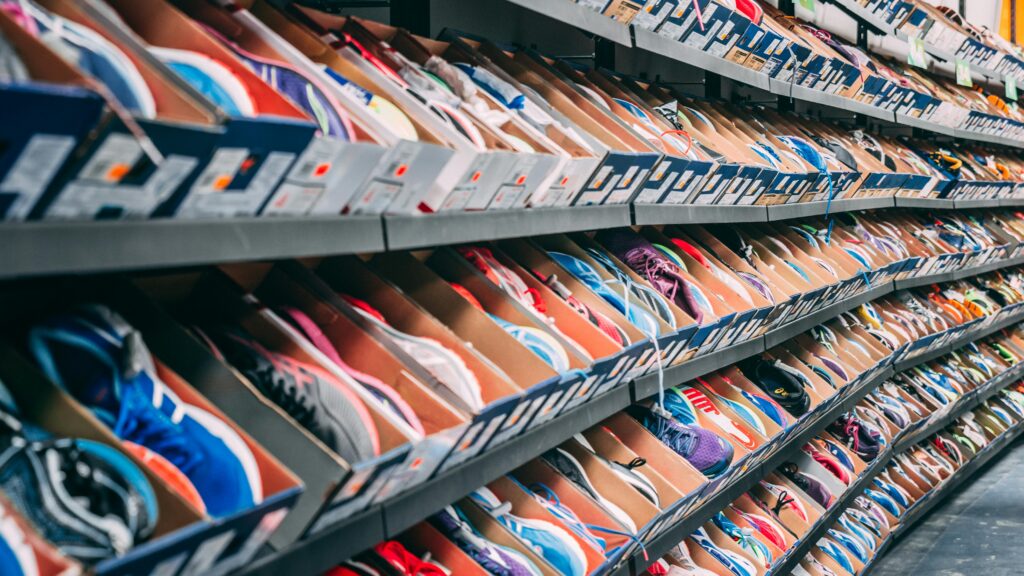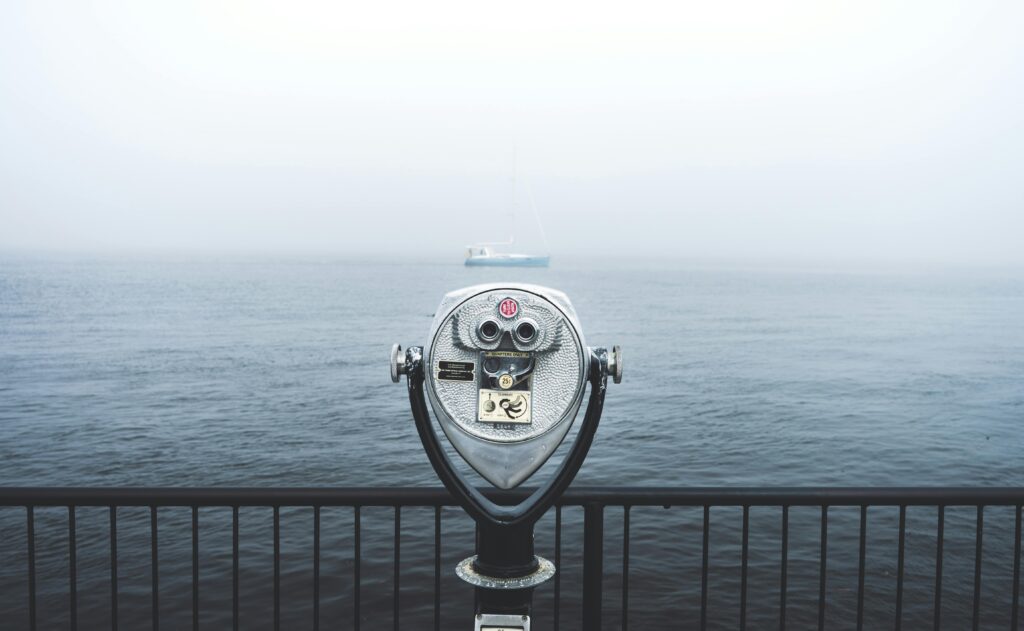There are 3 outcomes when setting a pricing strategy for an innovation.
- Too High
- Too Low
- Just Right
If the price is too high, you simply then bring down the price until you hit your target. If the price is too low, you are left with a fixed (anchored) value position than can be next to impossible to increase, leaving significant revenue, profits, and value on the table for your competitors to swoop up. Two notable examples of products that were significantly underpriced are:
- 2017 Paw Patrol My Size Lookout Tower: This was 2017’s hot new toy item for toddlers. Its retail price is $99.99, however prices in the resale market staggered up to $250.
- 2006 Audi Q7 Launch: Gasoline prices were high, and Audi decided to play it safe with a price of €55,000. Short stocked inventory analysis determined that the optimal price should have been €58,000 leaving which left €210M on the table.
Like Audi, unfortunately, up to 90% of innovative products are priced too low, making it impossible to achieve a return for developing them.
The five steps below outline a simplified process to develop an optimal innovation pricing strategy.
- Set a price range
Chances are that you will not get the right price right away; as such, it is best to first establish a range (the highest and lowest price) and continually narrow the range until you reach an optimal point. This approach mitigates the risk in pricing below the optimal price. A 1% pricing below the optimal can result in up to a 10% of potential loss in profit.
A. Lowest Price: This is the “cost-plus approach”, which is typically driven by finance and is how 98% of companies price. To be successful, companies must have a deep understanding of the unit cost of their new product. Companies typically ignore spreading R&D costs and any additional resources needed once production has begun. Companies that are good at using a cost-plus model will also bake in any anticipated discounts in product pricing.
B. Highest Price: This method is all about value, known as value-based pricing. Value can be determined in two ways viz.
- Financial Value – When a purchase decision is based on a purely financial basis (emotional customer inputs are not a factor) companies should employ financial value. For example, if your product will last twice as long of its closest competitor, then the consumer will be willing to pay up to twice the competitor’s price. Companies can quantify financial value of their products with metrics such as, longer life, maintenance cost savings and conversion costs. Manufacturing companies have significant opportunities to practise financial value pricing for example:
- Tire Repair – A certain manufacturer demonstrated that their tire repair product reduced the amount of times a tire becomes flat. They calculated the costs associated with downtime of a flat tire (i.e. number of workers idled, cost of replacement time and production lost). They showed that their product saved $1,000 per tire, while their product was priced at $100 per tire. On a pure cost basis, the foam used to fill the tires could not be more than 10% of this price.
- Perceived Value – Here the difficulty is in quantifying how consumers perceive your product and its value attributes compared to the competition. Start by identifying the value attributes that consumers will consider when purchasing your product. Although a product / company may have upwards of 9 or 10 attributes, a consumer typically considers only 3 or 4 when making a purchase decision. To quantify how the consumer value these attributes, the best route is using external research, as internal conceptions can significantly skew results. Tools that can quantify attributes include max diff analysis, conjoint and mapping. Airlines are experts on pricing based on value:
- Direct Flights: Direct flights are more expensive than taking a connection. The value add here is the time saved and the simplicity of your travel experience.
- First Class: There are significant value add perks when travelling up front (free drinks, more bags, larger seats, lounge access, meals, etc.). Airlines capture the opportunity by pricing for the perceived value.
C. Know Your Consumers – What is the trade off between value and price your consumers are willing to afford? This is about knowing your consumers’ price sensitivity and how much they are willing to pay for your value attributes. The output of this step is a relationship (trendline) between price and value of your consumers, known as the fair value line. It is important to note that the fair value line can differ between consumer segments; as a result, you must correctly identify your segment and price accordingly.
Your value-based price is where your value (perceived or financial) crosses the fair value line (figure 1).

Figure 1: To price an innovation, determine the perceived or financial value of the product / service and see where that value crosses the fair value line. Items to the right of the fair value line are value advantaged (the consumer receives more value than their expected price); whereas items to the left are value disadvantaged (consumer receives less value for their expected price).
- Know your Environment
While the previous section focused on creating a price range internally based on the product, this section aims to look externally to narrowing your range. Apart form knowing macro factors such as the state of the economy and consumer trends (these should be considered during the development phase!), knowing your environment is all about your competition.
- Set Your Objectives
What do you want to get out of your new product? The answer may not seem as straightforward as “make as much money as possible”. Some firms may use a new product to:
- Gain market share
- Disrupt the market with a low price to create demand (a price war)
- Diversify its offering to become less dependant on a core product
- Establish a new type of offer (i.e. a luxury or no-frills business unit)
Once you know the goal of your new price, you can then continue with the appropriate pricing strategy.
- Set the pricing strategy
You now have a range of potential prices, know your consumers’ price sensitivity, have an idea of how your competition is priced and know what you want to get out of your new product. All that’s left is setting the price! You must use all the inputs and align them to your strategic goals.
Using the same table in Figure 1, plot competitors’ price and value attributes accordingly. The point that is furthest to the right (value advantaged) from the fair value line will become the consumer choice. To set your price, adjust your distance (by lowering price) such that you will become the consumer choice. Note, in some cases you will be higher priced than competition; however, you will still be the consumer choice because of your value offering.

Figure 2: Plot competition’s price and value offering to determine the consumer choice. Afterwards adjust your price such that you are the furthest from to the fair value line, such that you will be the consumer choice.
Once you release your price, that will become the reference/anchor of your product. Additionally, the following should be considered:
- Reaction from Competition – Since value attributes cannot quickly be matched (if at all), competition will lower prices instead. It is important to focus on value and avoid competing solely on price.
- Promotions – Introductory offers or trials may offer methods to test your consumers price sensitivity or how they value your attributes versus competition.
- Cannibalization – How will this offering affect other products in your portfolio?
- Product Life Cycle – Matching pricing to product life cycle will ensure monies are not left on the table.
5. Evaluate
It is important to monitor, and update key assumptions made when initially pricing the product. The timing here is key and, as a rule of thumb, one should gather at least 12 months (a full business cycle) of data to accurately evaluate a new product pricing.
Final Thoughts:
A significant amount of resources is placed on developing a new product. However, and ironically, not enough time is spent in pricing. Use the above and incorporate as a guide in pricing to ensure you are adequately compensated for the value conveyed to the customer.
Reach out to Revenue Management Labs where our team of pricing experts can help you know more about the benefits of pricing strategy and how to implement them in your business.
ABOUT THE AUTHOR Avy Punwasee is a Partner at Revenue Management Labs. Revenue Management Labs help companies develop and execute practical solutions to maximize long-term revenue and profitability. Connect with Avy at apunwasee@revenueml.com




